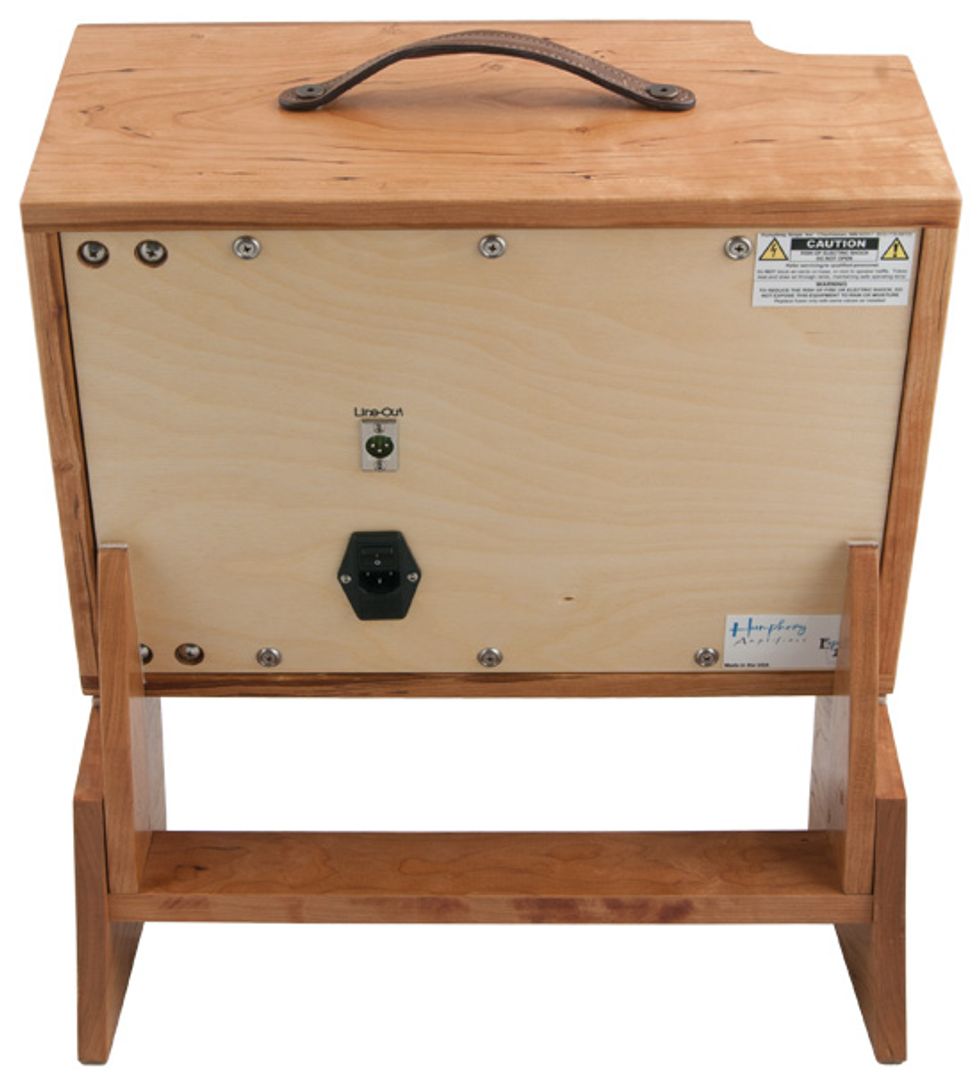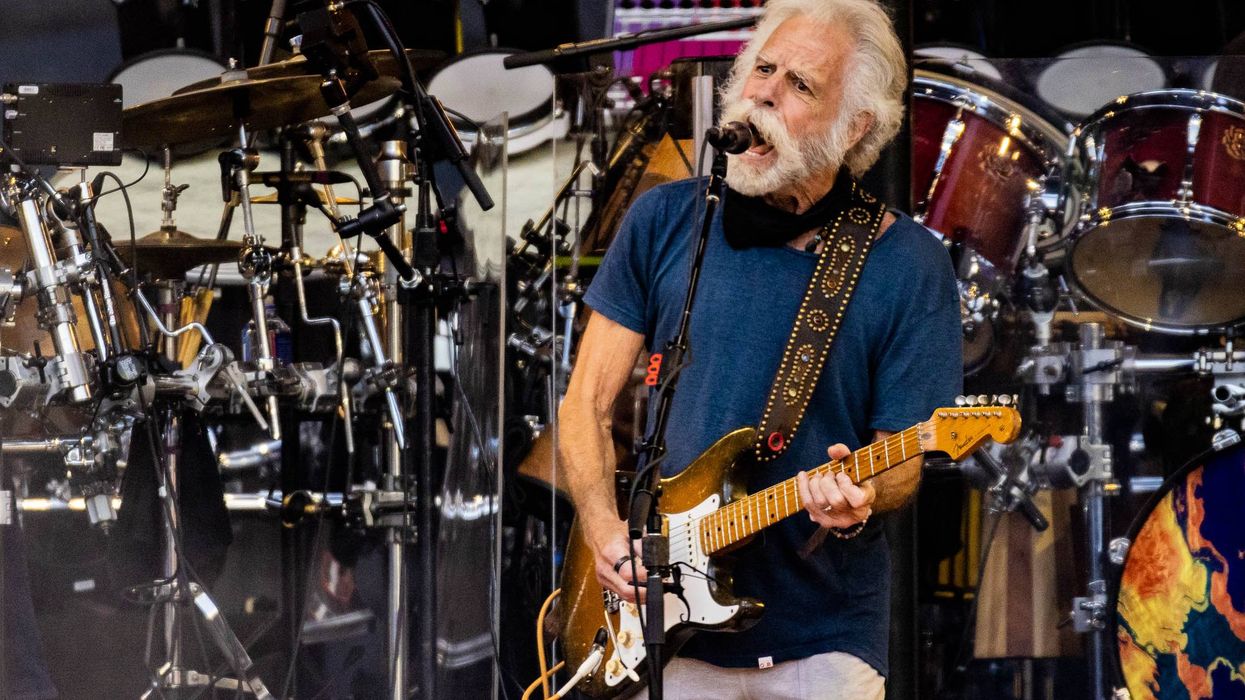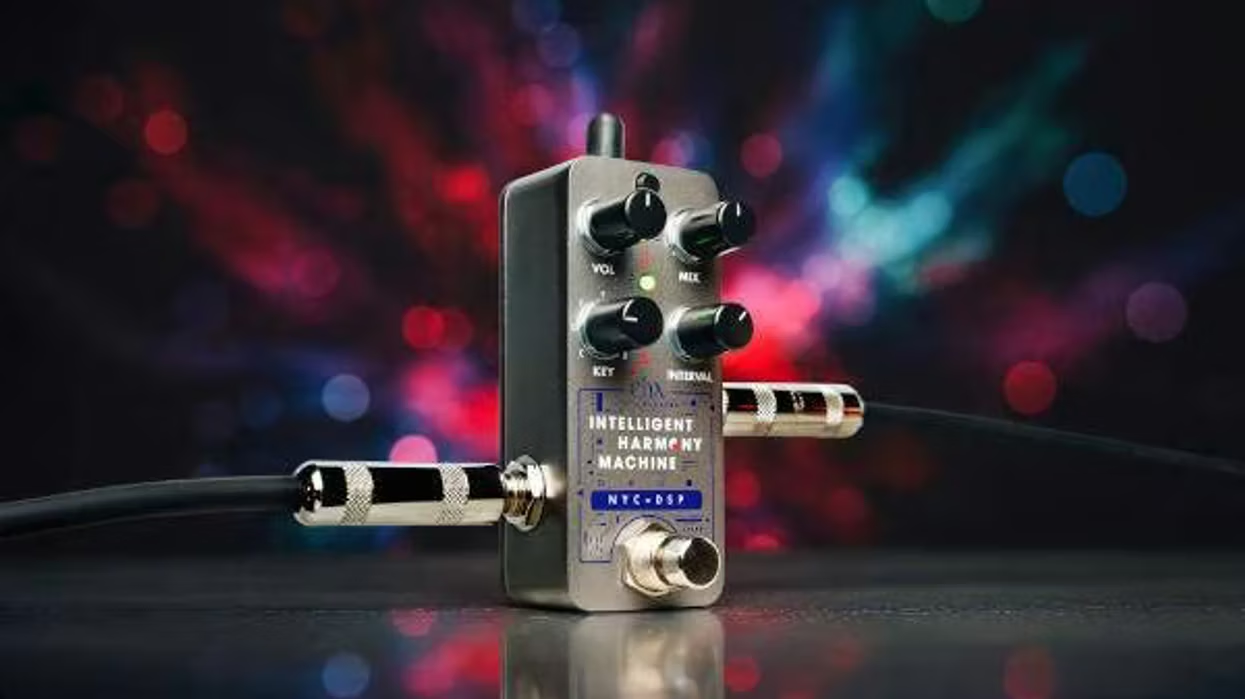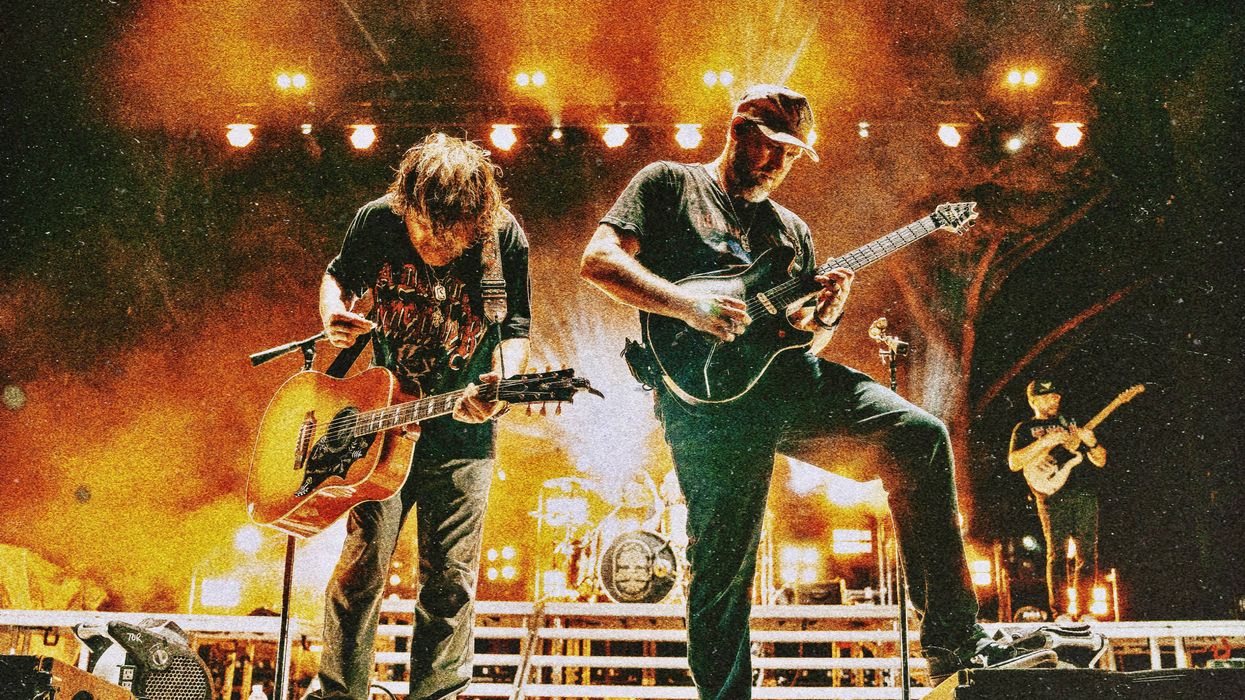Talk all you want about how style doesn’t matter when it comes to gear (though I suspect few loyal PG readers will make so absurd a claim), but let’s face it, there’s something a little bit more satisfying—even inspiring—about taking the stage with stuff that looks undeniably sharp. And the thing about Gerry Humphrey’s handbuilt, EL84-driven Espresso 15 is that it not only looks cooler than just about every acoustic guitar amp in the history of the universe, but it also sounds utterly gorgeous—with touch and tones aplenty whether you’re a technique-obsessed finger-stylist or a simple strummer.
All in the Eyes of the Beholder
Humphrey makes amps one at a time in
his Chanhassen, Minnesota, shop, and the
focus that’s born from such a work style
shows. For starters, he didn’t just look at
an old Fender tweed, sketch a reasonable
facsimile, and start stuffing wires inside. To
be certain, there are traces of classic electric
amp designs—if you squint while looking
at the front of the amp, you can sort of
envision a deconstructed and/or melting
Silvertone (and that Humphrey logo looks
just a little like the old Harmony script,
no?). But the Espresso looks as much like
the work of a very creative chair or cabinet
builder, evoking the organic and ordered
shapes of Danish/West Coast-fusion furniture
designs. And every facet of the construction—from the dovetail joints to the
beveled carves and the tube compartment—is flawlessly executed.
Unlike a lot of acoustic amps, the Humphrey’s control array isn’t cluttered with parametric EQ knobs, pads, or effects. In fact, any half-wit barbarian rocker who can figure out a Twin Reverb is likely to be at ease operating the Espresso 15. Knobs include input volume (or gain), master volume, treble, mid, and bass, and two small toggles activate a horn tweeter and a bright circuit. The control layout isn’t the only aspect of the Espresso 15’s construction that would be as familiar to an electric player as an acoustic specialist: The tube selection wouldn’t be out of place in a small electric-guitar combo amp—it includes the power section’s dual EL84s, two 12AU7 preamp tubes, and a 5Y3 rectifier tube. Perhaps the one area where the Espresso has something significantly in common with other acoustic amps is its driver—it’s loaded with a light, 10" neodymium-magnet speaker.
True Colors
Acoustic amps can be confusing tools for
the uninitiated, primarily because they’re
sensitive and prone to feedback. But that’s
less the fault of the amp than an inevitable
trade off that comes from balancing output
and the natural resonance of an acoustic’s
hollow body. But the Espresso 15, apart
from a tendency to have a strong resonance in the low end if you’re not judicious with
the bass control, is very forgiving and good
sounds are easy to get.
With a Martin D-18 outfitted with a passive L.R. Baggs M1 magnetic soundhole pickup and a Martin 00-15 with an active L.R. Baggs Element at the opposite end of the lead, the Espresso tended to sound most natural with the tweeter horn on, the bright switch off, and all three EQ controls down in the lower half of their range. And it’s wonderful that some of the finest sounds are available down this far in the EQ controls’ ranges, leaving lots of room to tailor your sound to a room, song arrangement, or band.
The best analogy or corollary for the Espresso 15’s sonic signature is a high-end tube stereo amplifier, which uses the headroom and warmth of tubes to reproduce the signal from a recorded source. The warm fidelity that you associate with audiophile hi-fi gear is something you hear very clearly in the Espresso 15. It’s not necessarily a transparent amp (a quality that’s of subjective worth anyway, depending on how you play), but it definitely retains the vocal essence of a given guitar.
Turning the horn off enables you to play it safe with regard to feedback. The tone becomes more concise, though you’ll lose a little bit of range, too. Strummers will likely want to keep the bright switch off because, although the amp definitely has the headroom to handle high end without feeding back—and it is way more forgiving than many solid-state models under similar circumstances—it can sound brash with heavy strumming. But the world of extra headroom you get by disengaging the bright switch and manipulating the very effective treble control gives you flexibility enough to create a cool strumming tone.
Running the D-18 through a few fingerstyle workouts and employing a gentle touch yielded sweet, soft, and bell-like clarity that made the Humphrey and magnetic pickups seem like a very natural match—enabling everything from a pure, distinct dread tone to muscular, husky, and crystalline sounds to rounder, mellower Gábor Szab—-style jazz tones when you manipulate the tone controls.
Ratings
Pros:
Looks so good! Superbly built. Fascinating and fantastic balance of color and transparency.
Cons:
Price might be a bit rich for some.
Tones:
Playability/Ease of Use:
Build/Design:
Value:
Street:
$2,795 street ($3,235 as configured here with balanced line out and matching stand)
Company
humphreyamps.com
Tuning down to double drop D and running through a propulsive take on Neil Young’s “The Loner” found the Humphrey willing and able to generate ample low end with a heavy but cool compression—and not a hint of bottom-end feedback.
My smaller, all-mahogany 00-15, with its more concise and bell-like sound, was the better match for generating true acoustic detail. In intimate settings—the kind you’d get in a coffee house, small club, or gallery—the Humphrey imparted a beguiling sense of dimension and space, adding soft contours to the undersaddle pickup’s output without trimming harmonic content.
The Verdict
With looks that would be at home in a
fine design retrospective at the Whitney
Museum of American Art in New York,
the Humphrey Espresso 15 is as close to an
heirloom-level piece of gear you’re going to
get—at least on the amplification side of
the equation. Some of that design elegance
translates into ease of operation, particularly
if you’re an electric-minded player—for the Espresso just isn’t much different than a
blackface Fender. It’s only the sensitivity of
the controls that takes some getting used to,
like any acoustic amp.
It’s the sound of the Espresso, however, that tips it from the category of a looker to a performer. Acoustic players who treasure absolute transparency above all may not savor the subtle mood and shading that the Humphrey and its tube complement add to just about every guitar. But apart from that trace of color, it retains and enhances the essential voice of every acoustic you put out in front. A lot of open-minded players will savor the Humphrey’s capacity to expand their guitar’s vocabulary in subtle ways. And no matter how lightly or heavily you use the Humphrey to color your sound, you’ll look unquestionably dashing with it onstage. In fact, we’d guess the only hassle that comes with owning the Humphrey is having to upgrade your wardrobe. I mean, you wouldn’t take the Rolls out for a spin in sweatpants, would you?
Watch our video demo:










![Rig Rundown: John 5 [2026]](https://www.premierguitar.com/media-library/youtube.jpg?id=62681883&width=1245&height=700&quality=70&coordinates=0%2C45%2C0%2C45)












